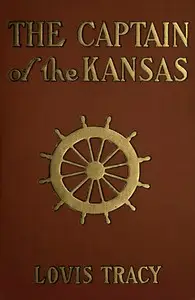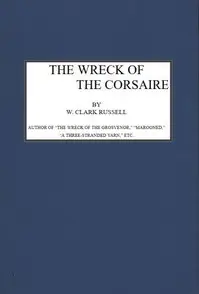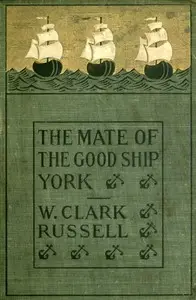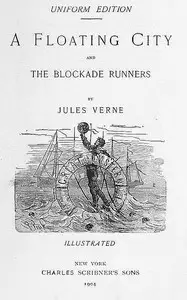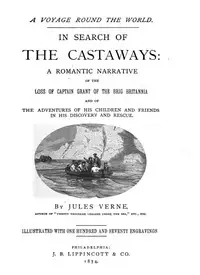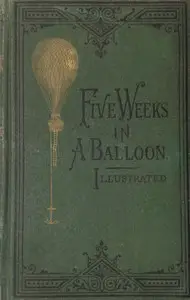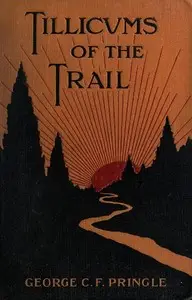"The Survivors of the Chancellor: Diary of J.R. Kazallon, Passenger" by Jules Verne is a late 1800s novel related through the diary of J.R. Kazallon, a passenger aboard the ship "Chancellor," voyaging from Charleston to Liverpool. The story builds tension as Kazallon recounts the ship's travels and introduces the different personalities onboard navigating ocean challenges. From the onset when the "Chancellor" departs Charleston, Kazallon's observations of the ship and crew foreshadow events to come. The novel shows the ship sailing through changing weather, gradually revealing tensions within the crew. Kazallon notices odd behavior from Captain Huntly, raising concerns about the ship's direction. As characters interact, the story hints at a major turning point with leadership, bravery, and looming danger themes emerging, generating excitement and captivating its readership.

The Survivors of the Chancellor: Diary of J.R. Kazallon, Passenger
By Jules Verne
A fraught sea voyage turns desperate as a passenger's diary reveals a captain's erratic behavior, plunging a ship and its diverse crew into a fight for survival.
Summary
About the AuthorJules Gabriel Verne was a French novelist, poet, and playwright. His collaboration with the publisher Pierre-Jules Hetzel led to the creation of the Voyages extraordinaires, a series of bestselling adventure novels including Journey to the Center of the Earth (1864), Twenty Thousand Leagues Under the Seas (1870), and Around the World in Eighty Days (1872). His novels, always well-researched according to the scientific knowledge then available, are generally set in the second half of the 19th century, taking into account the technological advances of the time.
Jules Gabriel Verne was a French novelist, poet, and playwright. His collaboration with the publisher Pierre-Jules Hetzel led to the creation of the Voyages extraordinaires, a series of bestselling adventure novels including Journey to the Center of the Earth (1864), Twenty Thousand Leagues Under the Seas (1870), and Around the World in Eighty Days (1872). His novels, always well-researched according to the scientific knowledge then available, are generally set in the second half of the 19th century, taking into account the technological advances of the time.



